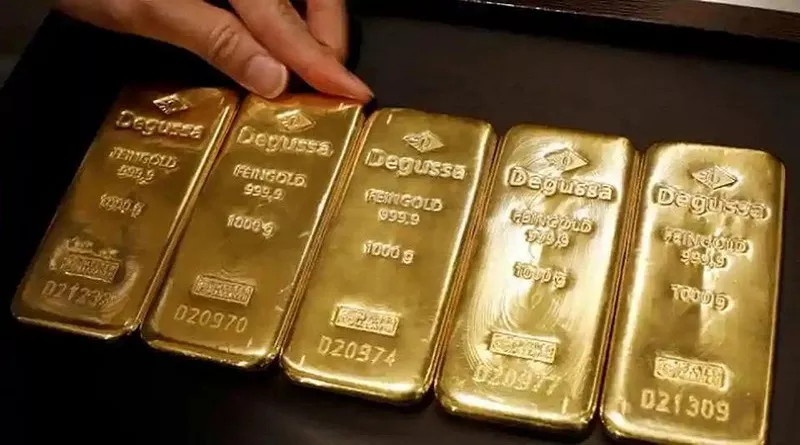Interest rates play a significant role in the world of finance, influencing various asset classes, including gold. Gold futures trading, a popular way to invest in the precious metal, is not immune to the effects of interest rate movements. In this article, we’ll explore the intricate relationship between interest rates and gold futures trading, examining how changes in rates can impact the behavior of gold prices and the strategies of traders and investors.
The Inverse Relationship between Interest Rates and Gold
1. Understanding the Basic Concept
One of the fundamental principles driving the impact of interest rates on gold is the inverse relationship between the two. When interest rates rise, the opportunity cost of holding non-interest-bearing assets like gold increases. Investors may prefer to allocate their funds to interest-bearing assets, such as bonds or savings accounts, rather than holding gold, which doesn’t generate income. Consequently, higher interest rates can lead to reduced demand for gold, potentially putting downward pressure on its price.
2. Gold as an Inflation Hedge
Gold is often regarded as a hedge against inflation, a phenomenon where the general price level of goods and services in an economy rises over time. During periods of high inflation, the real return on interest-bearing assets like bonds may diminish, making gold more appealing as a store of value. In this scenario, gold prices may rise even in the presence of increasing interest rates if the rate of inflation outpaces the rate at which interest rates rise.
Interest Rate Decisions and Their Effects
1. Central Bank Policy
The decisions made by central banks regarding interest rates can have a profound impact on gold futures trading. When central banks raise interest rates, it can signal their intention to combat inflation or tighten monetary policy. This move can lead to a stronger local currency, potentially making gold more expensive for foreign buyers. As a result, the demand for gold in regions with higher interest rates may decrease, affecting global gold prices.
2. Economic Outlook
Interest rate decisions often hinge on an economy’s overall health and outlook. When central banks raise rates, it may indicate confidence in economic growth and stability. Conversely, rate cuts might suggest economic concerns. These signals can influence investor sentiment and, subsequently, gold futures trading. Traders and investors closely monitor economic data and central bank statements to gauge how interest rate changes might impact gold prices.
Strategies for Gold Futures Trading in a Changing Interest Rate Environment
1. Stay Informed
Traders and investors should stay informed about interest rate decisions, economic indicators, and central bank statements. Timely information can help them anticipate potential gold price movements and adjust their strategies accordingly.
2. Diversify Your Portfolio
Diversification can be an effective strategy in a changing interest rate environment. By holding a mix of assets, including gold, stocks, bonds, and cash, investors can spread risk and mitigate the impact of interest rate fluctuations on their overall portfolio.
3. Consider Long-Term Trends
While short-term interest rate fluctuations can affect gold prices, long-term trends and macroeconomic factors also play a significant role. Investors should consider both short-term and long-term factors when making decisions about gold futures trading.
FAQs on the Impact of Interest Rates on Gold Futures Trading
1. Can rising interest rates always be expected to decrease gold prices?
While rising interest rates often lead to reduced gold demand, it’s not a guaranteed outcome. Other factors, such as inflation, currency strength, and economic conditions, can influence gold prices independently of interest rates. Gold can rise during periods of rising rates if other supportive factors are at play.
2. How do central banks influence interest rates, and why do they do it?
Central banks influence interest rates through monetary policy tools like adjusting the federal funds rate. They use these tools to achieve various economic objectives, such as controlling inflation, promoting economic growth, or stabilizing financial markets.
3. Is gold futures trading suitable for all investors in the context of interest rate fluctuations?
Gold futures trading can be suitable for investors with varying risk tolerances, but it requires a deep understanding of the gold market, futures contracts, and risk management strategies. Investors should carefully assess their risk tolerance and investment goals before engaging in gold futures trading, especially in the context of interest rate fluctuations.

